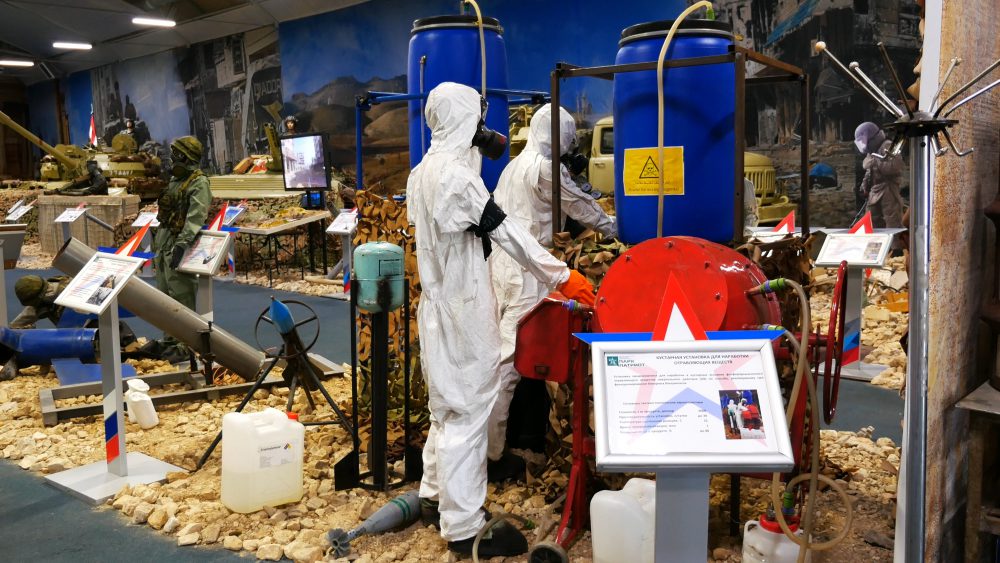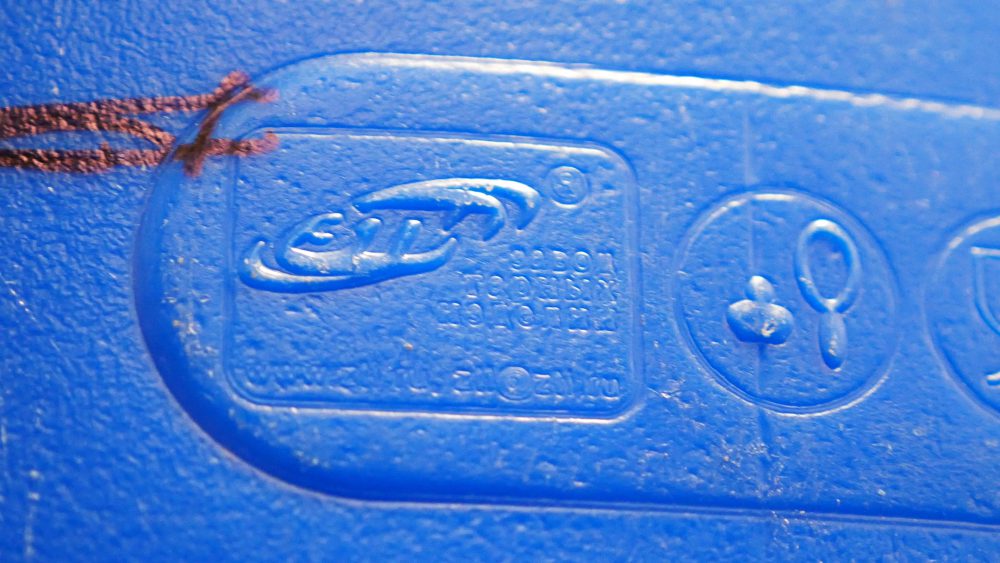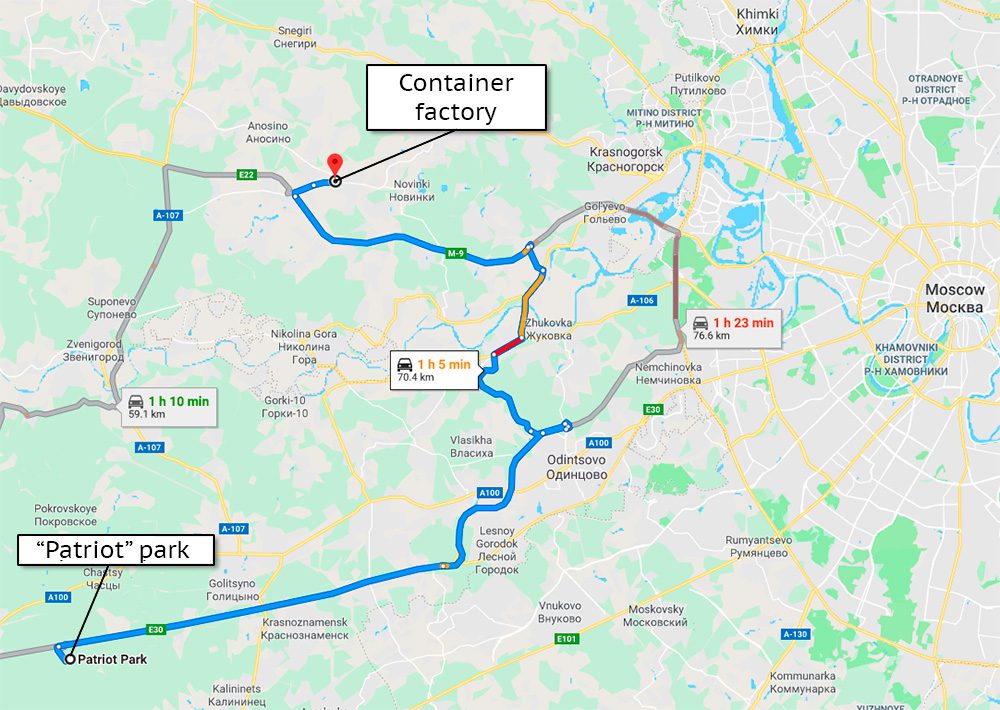This post is also available in:
 Русский
Русский
We found yet another piece of evidence of the Russian Airspace Force using cluster bombs in Syria. Exhibits confirming this were displayed at the Russian Ministry of Defence’s “Patriot” park in a pavilion dedicated to the Syrian conflict — despite earlier denials of cluster bomb use by the Ministry of Defence itself.
In the digital age, the human factor becomes one of the weakest links in information security. Investigative journalists working on military conflicts often find source material in posts shared by combatants who were forbidden to do it (Russia, among others, is trying to fight it by banning soldiers from using smartphones and social media). Sometimes, due to error or oversight, information that discredits or outright ridicules the authorities is exposed to the public. A glaring example was when Vladimir Putin showed US filmmaker Oliver Stone a video of American airstrikes in Afghanistan, claiming it were Russian jets striking targets in Syria. Another scandal happened when the Russian Ministry of Defence (MoD) claimed the US was collaborating with ISIS and tried to prove it with footage which turned out to be from a mobile video game.
In 2016, we analyzed photographs and videos published by Russian state media outlets and on the Ministry of Defence’s social media accounts. The result was an investigation that proved the Russian air force group at Khmeimim airbase in Syria had cluster bombs in its arsenal, despite the MoD’s denial of that fact. Three months after we’d published our report, Russian online media outlet Gazeta.ru published their own piece discussing cluster bombs and our investigation. Experts told Gazeta.ru that the photos and videos we’d found showed not cluster bombs but regular high explosive fragmentation munitions.
Early this summer, we went to the Russian Ministry of Defence’s “Patriot” park, located outside Moscow, to examine the exhibits on the Syrian conflict displayed there. In one of the exhibits, we found RBK-500 AO-2,5RT and RBK-500 ShOAB-0,5 cluster bombs:


The exhibit’s pavilion is unequivocally titled as “Exhibition of arms and military vehicles used in the military action in the Syrian Arab Republic” [«Экспозиция вооружения и военной техники, применяемых в ходе ведения военных действий в Сирийской Арабской Республике»]:

One of the experts Gazeta.ru talked to was Alexey Ramm, who then claimed the photos showed not cluster munitions but high explosive fragmentation bombs. We sent the photographs we took at “Patriot” park to Mr. Ramm and asked to comment on the replica cluster bombs exhibited there. As of publication time, he hasn’t replied to our message.
“Chemical lab”
Another interesting exhibit in the same “Patriot” pavilion was a “improvised toxic agent production facility” [«кустарная установка для наработки отравляющих веществ»]:

As we examined the exhibit closer, we saw markings of a Russian container factory on the barrels:

Interestingly, the production facility and sales office of this company are just an hour’s ride from the “Patriot” park — about 50 kilometers from Moscow:

This begs the question: why would Syrian rebels purchase barrels from a factory 50 km from Moscow if virtually identical barrels can be bought pretty much in any country of the world?
Another part of the same exhibit is also of Russian origin: a concrete mixer, which is apparently intended as a reactor vessel to mix chemical weapons components:

At the bottom of the mixer, there is a plaque with its factory number in Russian and production year (2013):

Our colleagues at Bellingcat took a more detailed look at this exhibit, pointing out many absurd mistakes made by Russian propagandists while creating this “chemical lab”.
Conclusion
Cluster bomb replicas among the weapons used in Syria exhibited at “Patriot” park is yet another proof that our 2016 investigation was correct: the Russian air force does use cluster munitions in Syria.
The “chemical lab” exhibited in the same pavilion is unfit to make any kind of chemical weapons. The markings on certain elements of the “lab” show that it was not captured in Syria but created from scratch by the Ministry of Defence in the “Patriot” park; moreover, while creating this exhibit, no attempt was made for authenticity: several elements, as the Bellingcat investigation shows, are not only unfit for making chemical weapons, but would present grave danger for anyone who’d try to operate this facility.
